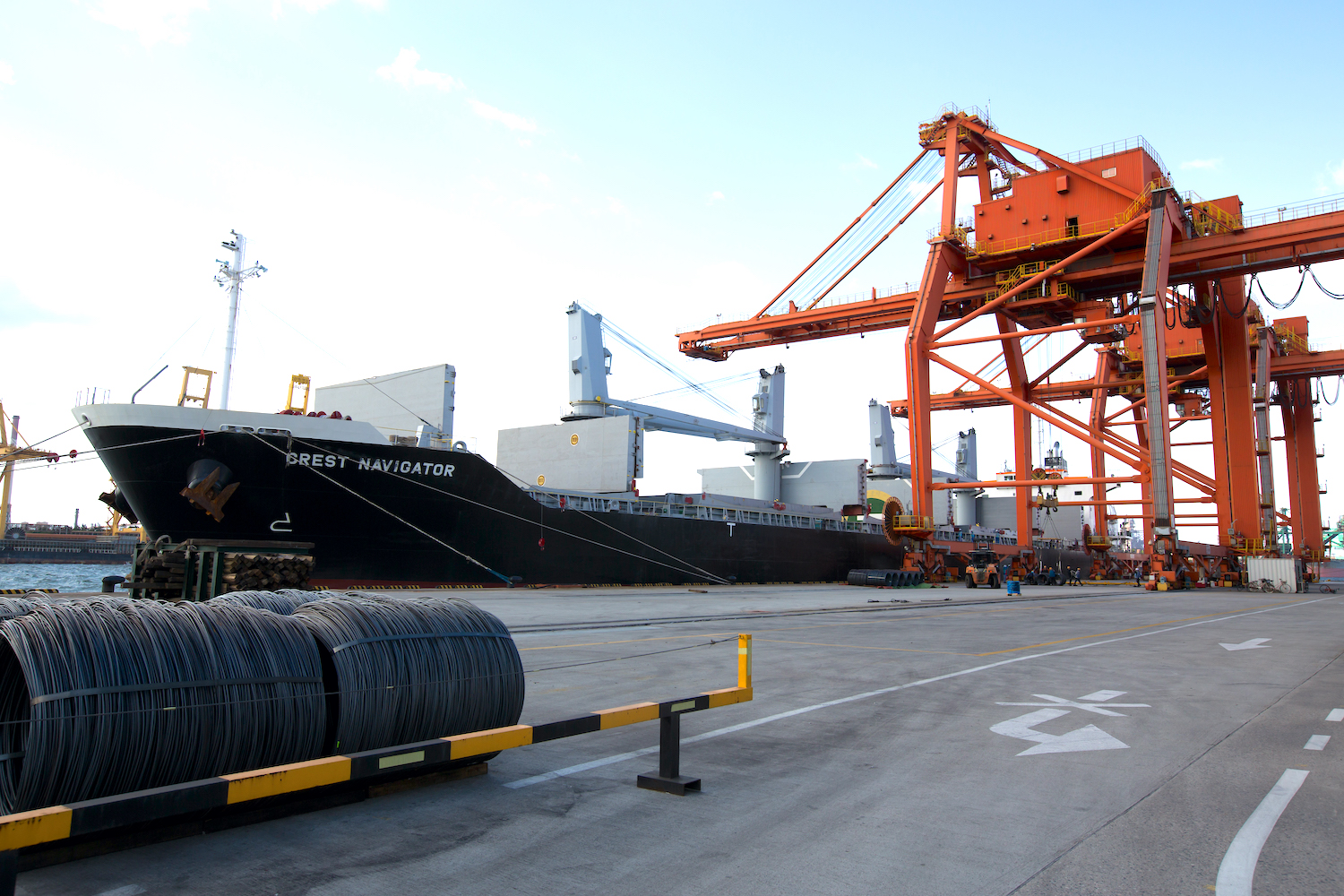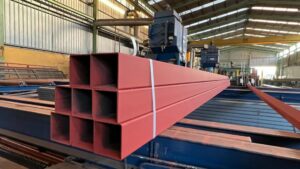Congestion at European ports is disrupting steel trade flows and making imported material less competitive compared with domestic material, market sources told Fastmarkets.Alongside higher prices, importers have cited risks related to safeguard duties being imposed on volumes exceeding quotas and long lead times as reasons for the lower interest in overseas materials.
Several market participants also complained about the rising costs related to stocking material at ports. The port of Antwerp, for example, has halved the amount of time material can be stocked at the port free of charge, a German trader told Fastmarkets.
“Antwerp has cut the time steel could be stocked for free. It used to be one month; now it is two weeks,” the trader said.
Other European ports have made similar changes, according to market sources.
In addition, ports have increased the cost of stocking material. As a result, some buyers are choosing to custom clear steel before the start of the next quarter because the risks of paying safeguard duties of up to 25% would be cheaper than dealing with the sharp rise in port storage costs.
Since the introduction of safeguard measures in the European Union, importers have preferred to keep their acquired steel in ports and custom clear it when the new quota period opens and fresh allocations become available. But some market participants suggest it might be cheaper to clear the steel stored in ports through customs and pay a safeguard duty, rather than pay increased storage costs.
EU safeguard quotas have been used up quickly across some categories, such as hot-rolled coil, rebar and wire rod. For example, Turkey and Russia used their wire rod allocations for the first quarter 2021 just days after it opened on January 1, and a similar scenario is repeated each time a new quota period opens.
Around 100,000 tonnes of Turkish wire rod is expected to arrive at EU ports by April 1, according to market sources’ estimations. This compares with a second-quarter quota allowance (from April 1 to June 30) for Turkey of around 80,000 tonnes, meaning at least 20,000 tonnes of Turkish material will be a subject to a 25% duty.
According to several sources, ports in northern Europe are now charging as much as €4-5 per tonne of steel per day for storage, pushing up costs for buyers.
Also contributing to the problems are a lack of truck drivers and continuing logistics difficulties within Europe because buyers are struggling to get their material from ports.
“We have faced problems with truck deliveries in Europe for several months now and this problem has contributed to the material piling in ports, and for the same reason, stocks at ports continue to rise. And now buyers face both higher port costs and higher delivery costs,” an Italian distributor said.
On average, it can take three to five weeks to offload a vessel and large EU ports have already increased prices for steel storage, sources said.
“The situation at EU ports is a disaster; you never know when you can actually discharge a vessel,” a European buyer told Fastmarkets.
“One cannot see a horizon in the port of Antwerp because of all the containers built up there,” a trader said.
Fastmarkets calculated its daily steel HRC index, domestic, exw Northern Europe at €961.25 ($1,088.13) per tonne on Friday February 18. This was down €0.54 week on week from €961.79 per tonne, but up €41.03 month on month from €920.22 per tonne.
The calculation was based on achievable prices indicated by market sources and transactions reported at €960-980 per tonne ex-works, and a bid reported at €940-950 per tonne ex-works.
The corresponding price assessment for steel HRC, import, cfr main port Northern Europe was €860-900 per tonne on Wednesday, compared with €860-880 per tonne on February 9.
The assessment was based on achievable prices estimated by market participants and offers from Russia and Asia.
Fastmarkets last assessed steel wire rod (mesh quality), domestic, delivered Northern Europe at €840-870 per tonne on February 16, unchanged week on week.
The assessment for steel wire rod (mesh quality) import, cfr main port Northern Europe was at €780-810 per tonne on the same day, widening upward by €10 per tonne from €780-800 per tonne last week.
But even the substantial gap between domestic and import prices is not enough to spur interest from buyers in overseas steel because of the risks related to the ports situation and safeguard duties, sources said.
Published by: Julia Bolotova, Maria Tanatar
21 Feb 2022 @ 17:28 UTC






